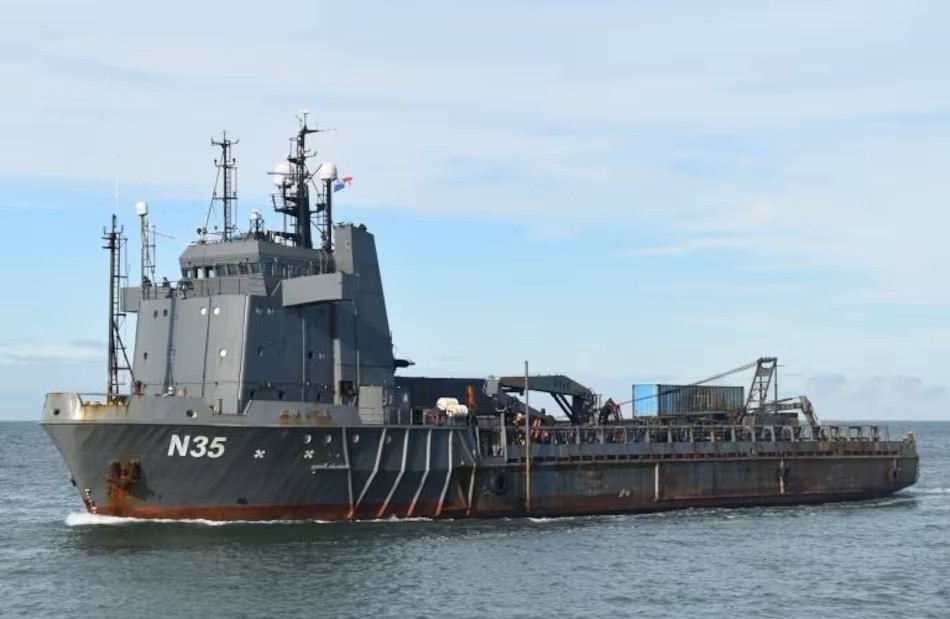Voting Day May 5 – If You Live in Panama, it is Obvious

Voting day has arrived – May 5. Panamanians risk their destiny: 3 million 4 thousand 83 people are authorized to go to the polls and choose 885 authorities. The focus is mainly on the next president of the Republic and the 71 deputies of the National Assembly, after three months of arduous political campaign. The last phase of the electoral process was marked by the ruling of the Supreme Court of Justice (CSJ), which gave the green light to the presidential candidacy of José Raúl Mulino, after the agreement of the Electoral Tribunal (TE), which disqualified the former president from competing in the elections.
Eight candidates appear on the ballot: José Gabriel Carrizo, candidate of the ruling Democratic Revolutionary Party (PRD); Martin Torrijos, nominated by the Popular Party; Rómulo Roux, from the alliance between Cambio Democrático (CD) and the Panameñista Party; Mulino, from Realizing Goals (RM) and Alianza; Melitón Arrocha, of free nomination; Ricardo Lombana, from the Another Path Movement, Zulay Rodríguez and Maribel Gordón, from the free nomination. Although Arrocha will appear on the ballot, he is now asking for any votes for him to be placed with Martin Torrijos. These are the eight candidates, who, according to analysts and political scientists, were able to generate a high level of vote fragmentation, especially in an electoral system like Panama’s, where the Presidency of the Republic is defined in the first round.
The electoral process and the campaign were influenced by issues such as unemployment, corruption, the high cost of living, the loss of investment grade and the mining, an event that triggered the social outbreak of October and November of last year. In the elections there will be 7,577 voting stations, distributed in 3,037 centers. Panamanians will vote to elect 1 president of the Republic, 71 deputies, 81 mayors, 701 township representatives and 11 councilors. This is the most unprecedented and complex tournament since democracy was restored in Panama in 1990. It must be observed with a double perspective: with one eye, the electoral dimension, and with the other, to see how the conditions of governability are guaranteed, regardless of who is the president of the Republic.





